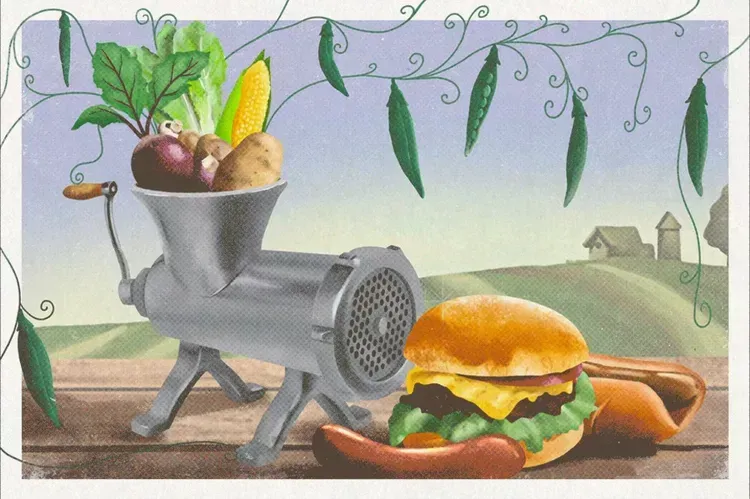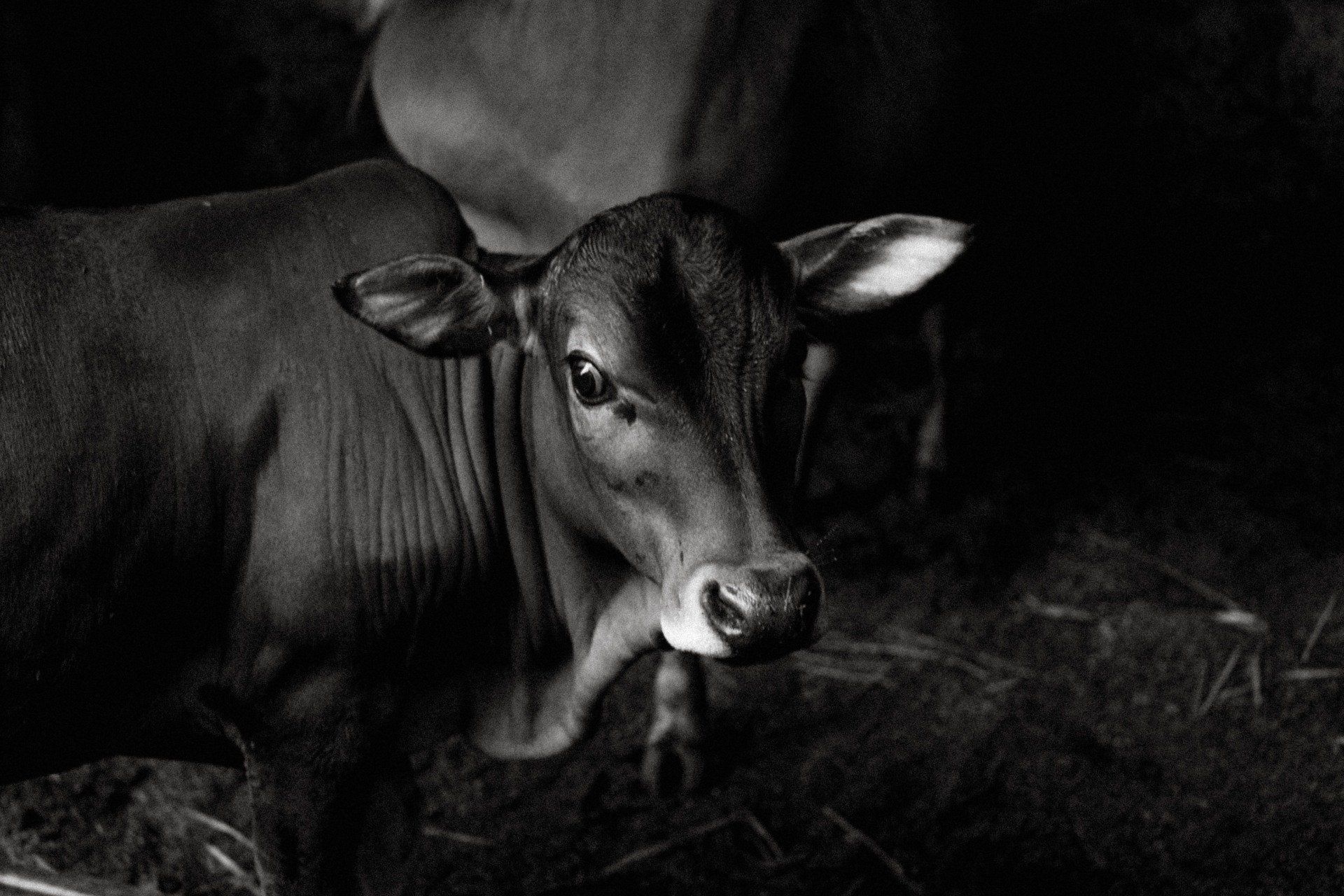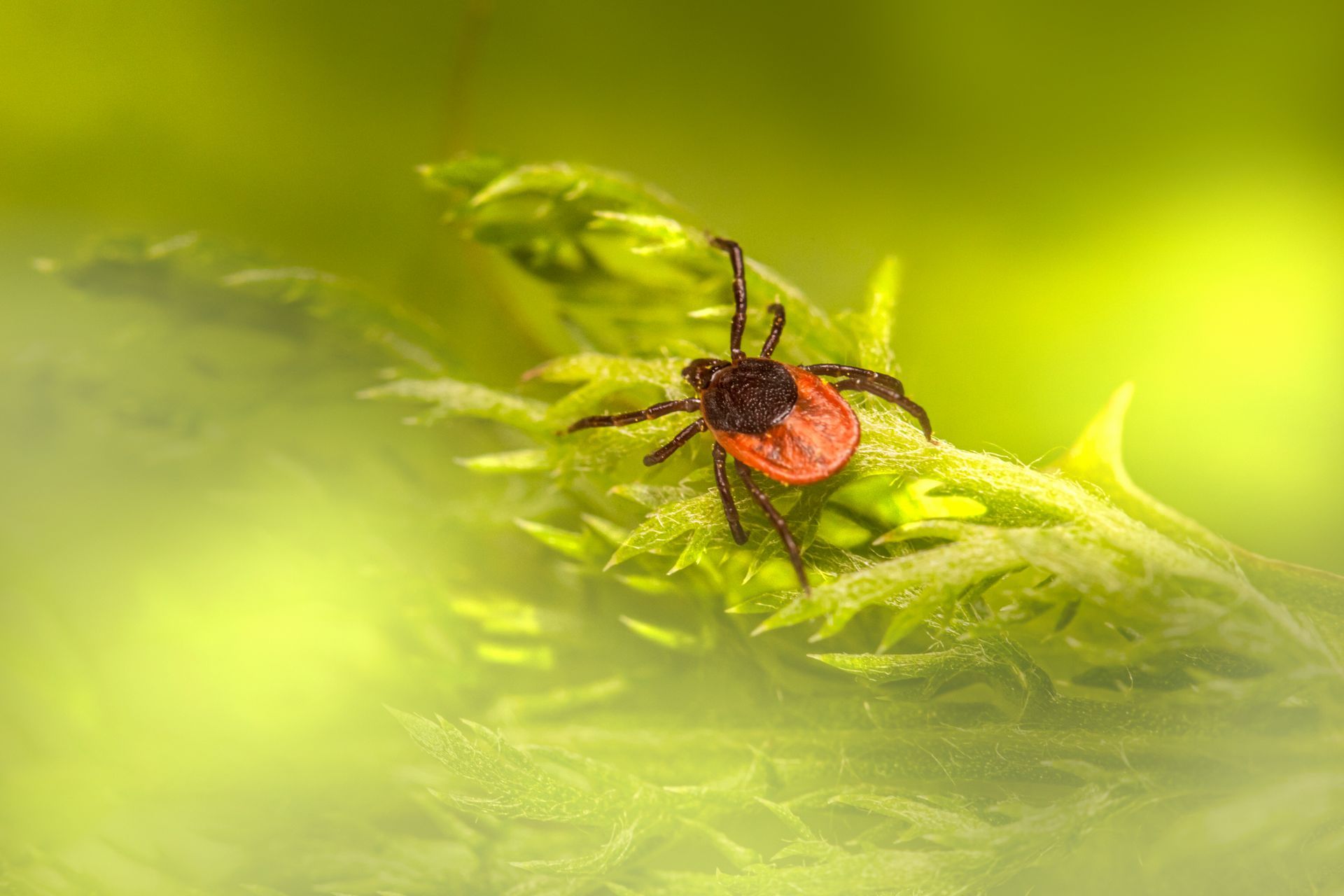Building A Better Pasture & Hay Fertility Program
By Dennis Brown of Byron Seed
As the title suggests we need to look at our forage fertility as a program. The definition of a program is “a planned, coordinated group of procedures for a specific purpose.” Our purpose is to get the most kilocalories per acre. This includes forage quality and yield. Producers wonder why does the nutrient levels of their pasture and hay ground appear to be so lacking, when fertilizer is being spread and/or manure is constantly being applied or (deposited) there? This is a common question from those growers who have soil tests pulled on their pasture and hay ground. For the ones that don’t have soil test they are not sure why the yield is not there, why the cows won’t milk, or why the stock just won’t eat the hay or grass as well. How many producers assume that due to stocking rates they will have adequate fertility because of all the manure being deposited on their pasture and all the money spent on fertilizers on hay acres? And how many livestock producers spend large sums of money to purchase excellent animals and then put them on pastures or feed hay that receive an occasional fertilizer top-dressing, and expect it to suffice for maintaining top herd health and excellent pasture fertility. Cattle will utilize minerals from forages up to 30% more efficiently than free choice fed minerals. Unfortunately, it seems that so many who have livestock on pasture, incorrectly make this type of assumption. There are those who have successfully accomplished growing grass this way, to point and, consequently, too many consider that testing pasture and hay fertility levels is completely unnecessary. But there are times and circumstances when a high price must be paid for thinking like that. It can ultimately result in costly losses in terms of plant and animal health, and even needlessly limit potential forage production. Most pasture and hay soils treated this way will never come close to attaining their top production potential, especially the improved forage genetics that Byron provides. The forages are only as good as your soils. Same as your cows are only as good as your feeding program. Most soils need more than N-P-K.
N-P-K should be added in sufficient amounts if required, but not at the expense of neglecting other required nutrients for top performance such as Calcium, Boron, Sulfur, and Zinc. Furthermore, the two nutrients most affected by manure in terms of an increase in soil fertility levels are phosphorous and potassium. Nitrogen is harder to measure because of the leaching effect and microbial tie up in the organic matter of the soil. In other words, two of the three macro nutrients most often supplied as fertilizer are the most likely nutrients to be supplied from manure. The producer needs to be careful not to over apply manures or over apply P and K in any form.
Excess nutrients can have just as a negative affect as a deficiencies of nutrients. Our goal is to have a balance of nutrients in the soil. However, we should keep in mind: because manure that is produced on pastures that are already lacking one or more of these needed nutrient will likely also be short when it comes to supplying hose same nutrients. On dairy farms calcium is the #1 nutrient that lacking, this is due to milk has a percentage of calcium per volume and it leaves the farm daily. Such deficiencies occur in far more forage acres than most producers seem to suspect.
Many producers are not comfortable enough to make fertility recommendations with or without a soil test. Here is a general rule of thumb on making recommendations if you know how much nutrients are removed with each ton of forage. With this knowledge you can recommend enough nutrients to replenish what was removed or the nutrients needed to start a new seeding.
Soil fertility is just a piece of the puzzle. Mother Nature has a larger hand in forage production than what we do. But if she decides to play nice and have favored on us, these levels will give you the optimum forage. Although if we can keep the fertility levels adequate it will help the forages go through stressful situations and will greatly increase the total persistence of the forage stands.
You might also like
Jaynie Norman


